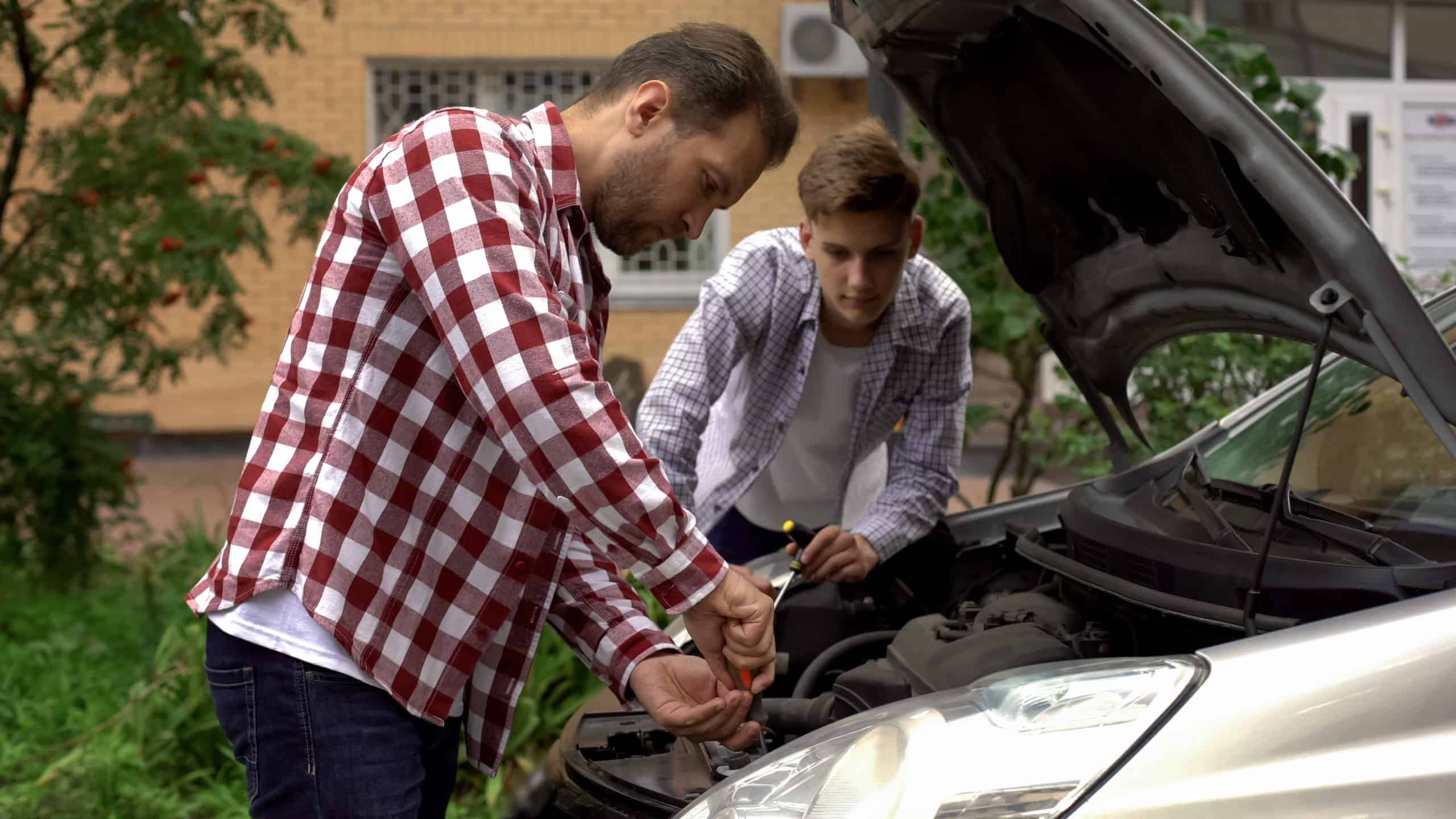Did you ever need help from your family after finishing high school? Perhaps it was for financial or emotional assistance or even just a place to stay? For most of us, the answer is a resounding “Yes!” But for youth who are aging out of foster care, such assistance may not exist. These youth are often left to face life without family — and often without any friends — due to the chaotic nature of their lives as they moved from home to home or program to program. They have few resources to help them face what lies ahead and little social capital in the form of family and friends. These young men and women face physical and emotional strains that are analogous to refugees seeking to start life anew on their own.
What happens to youth after they leave foster care?
The outcomes are not encouraging. In fact, they seem disgraceful for our wealthy country and to believers in Christ privileged to live here.
Facts about youth who age out of foster care:
- Over 20,000 leave without a permanent home each year. [1]
- Only half have gainful employment by age twenty-four.
- Less than three percent will earn a college degree.
- Seven out of ten girls are pregnant before the age of twenty-one.
- 25% are homeless the first year, 50% within four years. [2]
Those are pretty grim stats, but let’s take the stats and make it personal.

Kendra’s* mom had an emotional breakdown that resulted in homelessness and all three of her daughters ending up in the foster care system. While Kendra’s two younger sisters were taken in by an uncle, she went to a group home because of behavioral problems, which were not unlike those of many other young teens. Kendra’s behavior worsened after abandonment by her mother and rejection from her uncle. At seventeen, she was not in school, did not have a job, and was facing life on her own.
This situation is all too common for kids aging out of the foster care system.
Two questions arise for followers of Jesus Christ: What are we called to do? And how can we do it?
What has God called the church to do?
Isaiah 1:17 gives us our three steps: “Learn to do good; seek justice; correct oppression; bring justice to the fatherless and plead the widow’s cause” (ESV). Do good. Seek justice. Correct oppression. These may seem nebulous, but let’s look at the implications for each one.
To do good is to bring joy or gladness. What would bring joy to a youth facing a lonely, uncertain future? To bring justice can mean to seek or demand justice. The fatherless have been victims of the greedy throughout time. How can we advocate justice for them? Correcting oppression is to relieve or to bring prosperity to those whom the strong exploit. What or who is oppressing kids as they enter the world alone?
Foster care is a traumatic experience for any child, even when returned to their parents. They often enter the foster care system because of abuse, neglect, or abandonment. Some enter the system due to their parent’s incapacitation as a result of addiction, imprisonment, or illness. Thirty percent of these youth fit the diagnosis of Post-Traumatic Stress Disorder as they leave the foster care system.[3]
The last action in that verse is to plead for the widow. To do good, bring justice, and correct oppression, you will need to plead the cases of youth and their families in many settings. Over the last four decades, I have advocated for youth in schools, courts, employers, and landlords in order to help them overcome obstacles — many of which were their own doing because of their behaviors. Let me reemphasize that last point. The youth are going to make many mistakes that will disappoint, frustrate, and even anger you. You will need to prepare yourself to give them the same grace the Lord has given you (Colossians 3:13) and advocate for them in their misdoings as Jesus advocates for us in our sin (I John 2:1).
What do these young men and women need?
Here are some basics:
- Wise friends
- Safe housing
- Access to transportation
- Appropriate employment
- Education that fits their needs and desires
- Family — people, a church, believers who will take them into their hearts.

Kendra* was befriended by Lana during her last year in foster care. It is a tall task to mentor a kid like Kendra, but Lana* faithfully persevered with the help of Fostering Hope LA, the ministry that connected them. To establish a bond, they played guitars together, drank coffee, and spent time in the library. When Kendra wanted to give in to negative behaviors, Lana never gave up. Kendra received a high school diploma, started community college, and got a job. Through this, she gained confidence and a vision for her life. She is now attending a church and living in an apartment.
Debbie Stromwall, the director of Fostering Hope LA, says that kids like Kendra have “heart monitors” that gauge how much you care. Lana’s heart clearly passed this stress test.
How can your church or ministry provide these?
Before you start to minister to youth from foster care as they move toward independence, bring a team of people together to pray and search the scriptures. When you are ready to move forward, here are a few guidelines:
Do no harm. The most prevalent harm to kids who have experienced many rejections throughout their lives is the failure to follow through on what you intend. To avoid that, you must:Know your community: Talk to kids, foster parents, and social service workers to understand their needs. Once you have listened to your community:
Get guidance and training: The Christian Alliance for Orphans (CAFO) is a great place to start. They have materials and may be able to connect you to other churches and ministries engaged with youth in foster care in your region.
Develop a plan: There are many options. If you have foster parents in your church, work with them to help their youth prepare for the transition and provide a path for them to thrive.
Taking action
But the most important thing is to address their immediate needs. Start with friendship. Learn how you can start a mentoring ministry for transitioning youth. The Christian Association of Youth Mentoring provides tools, training, and coaching. For housing and transportation, work with your local social service agency and/or ministry to the homeless for help.
One caution, do not try to take kids into homes without the training and support of experts. For employment, there are many resources available to guide you in helping youth [4]. One of the key sources for educational opportunities comes from community colleges that often have special programs for youth who either need remedial help or do not have a high school diploma. There are also many options in trades, which are often in desperate need of young workers. Check out these resources on education for youth in foster care .
Finally, here’s the most important thing a church can provide for youth leaving the foster care system: family. Love, support, and prayer go a long way, but social capital — connections with people who can help youth advance in life — often comes through family. Churches are one of the largest sources of social capital for youth.
Many problems in our world seem beyond our reach, but God has given us the capacity to make progress in addressing some other problems that are right in our communities. Helping youth in foster care become part of a church family is something every congregation with faithful believers can do.




















